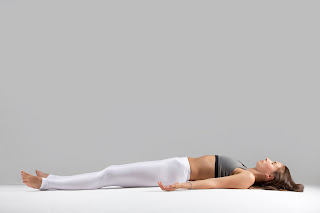Hatha yoga, its origin, purpose and benefits
What is hatha yoga?
Hatha yoga is a traditional form of yoga that focuses on physical postures and breathing techniques to improve the health and well-being of the body and mind. It originated in ancient India and has been practiced for centuries as a way to promote physical and mental balance and clarity.
The word "Hatha" is derived from two Sanskrit words: "ha," meaning "sun," and "tha," meaning "moon." This refers to the balance and harmony that is achieved through the practice of hatha yoga, as the body and mind are brought into a state of balance and equilibrium.
The true purpose of hatha yoga
- Neti - Cleanses the nasal region.
- Dhauti- Cleanses the alimentary canal and stomach.
- Basti- Cleanses the colon.
- Trataka- Cleanses the eyes.
- Kapalabhati-Cleanses the forehead region.
- Nauli- Cleanses the intestines and internal organs.
Yoga asanas:
Pranayama:
Mudras:
Samadhi:
How hatha yoga is different from raja yoga?
Hatha yoga does not put emphasis on self-control and self-discipline and states that it will come automatically with asanas and pranayama giving the reason that it is almost impossible for a new disciple to control his mind. While raja yoga puts self-discipline and self-control as prime conditions to practice it. However, the ultimate goal of both is to reach Samadhi.
Benefits of hatha yoga:
One of the primary benefits of hatha yoga is its ability to improve physical health and fitness. The postures and movements involved in the practice help to strengthen and tone the muscles, improve flexibility and balance, and increase overall cardiovascular endurance. In addition, hatha yoga can help to improve digestion, reduce stress and anxiety, and improve sleep.
Another benefit of hatha yoga is its ability to improve mental well-being. The combination of physical movement, controlled breathing, and mindfulness can help to calm the mind and bring a sense of inner peace. This can be particularly beneficial in today's fast-paced and stressful world, where it is easy to become overwhelmed and anxious.


Comments
Post a Comment